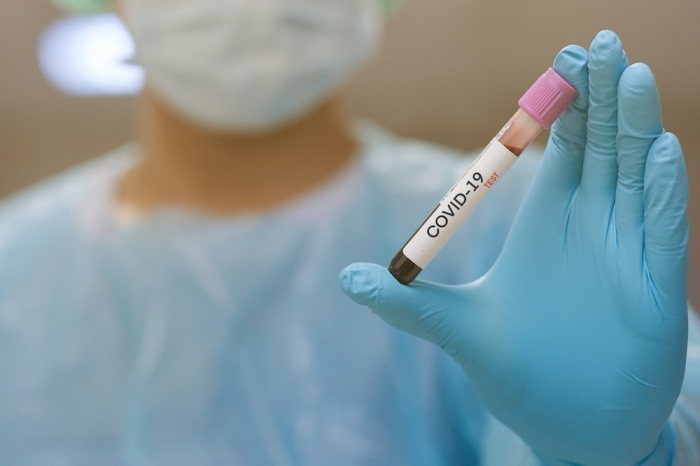We know that some people are more likely than others to pass on COVID-19 to those they come into contact with, and new research identifies three factors that particularly raise the risk of someone being a superspreader.
The study involved 194 healthy people as well as 8 monkeys from two different species infected with the coronavirus, and highlighted how a higher age, a higher body mass index (BMI), and a higher level of COVID-19 infection could all significantly increase the chances of the virus being passed on from one individual to the next.
According to the researchers' analysis, it's likely that COVID-19 is following the pattern of other infectious disease epidemics, where 18 percent of those infected are responsible for 80 percent of the transmission.
The key to superspreading lies in the mucus in the airways, the study reports. How likely or unlikely this membrane is to break up as air passes over it would appear to go a long way to influencing how readily coronavirus-laden droplets are sent through the air.
"Our findings indicate that the capacity of airway lining mucus to resist breakup on breathing varies significantly between individuals, with a trend to increasing with the advance of COVID-19 infection and body mass index multiplied by age," write the researchers in their published paper.
Across the humans and primates in the study, the older subjects with higher BMI and a heavier dose of COVID-19 infection passed on as many as three times the number of exhaled respiratory droplets.
And it's the tiny droplets that are a particular problem: they travel further, stay afloat longer, and go deeper into the lungs when inhaled. The research found that at the peak of COVID-19 infection, typically a week after the initial infection, exhaled particles were at their smallest – as small as a single micron, a millionth of a metre.
"We've seen a similar increase in droplets during the acute infection stage with other infectious diseases like tuberculosis," says microbiologist Chad Roy, from Tulane University.
"It seems likely that viral and bacterial infections of the airway can weaken airway mucus, which promotes the movement of infectious particles into this environment."
We all push out respiratory droplets as we breathe, talk, cough, and sneeze though, and the researchers are keen to emphasise that the young, fit, and infection-free still have a responsibility to take precautions to make sure they're not infecting others.
"While our results show that the young and healthy tend to generate far fewer droplets than the older and less healthy, they also show that any of us, when infected by COVID-19, may be at risk of producing a large number of respiratory droplets," says bioengineer David Edwards, from Harvard University.
Even as vaccine programmes roll out worldwide, the study suggests that assessing and managing the airborne spread of COVID-19 is still going to be crucial in turning the tide of infections, hospitalisations and deaths – with identifying superspreaders key to that.
The research has been published in PNAS.
More about: #COVID-19
















































